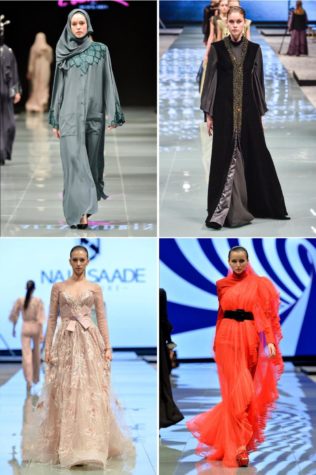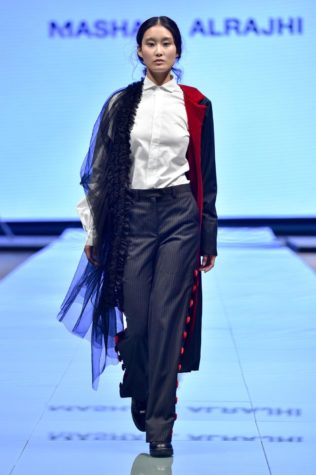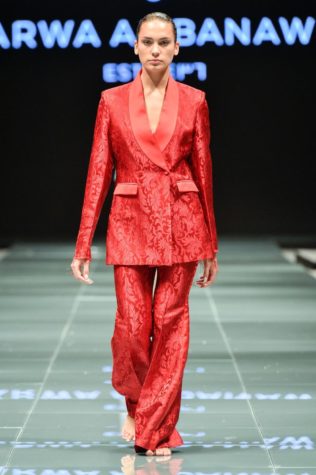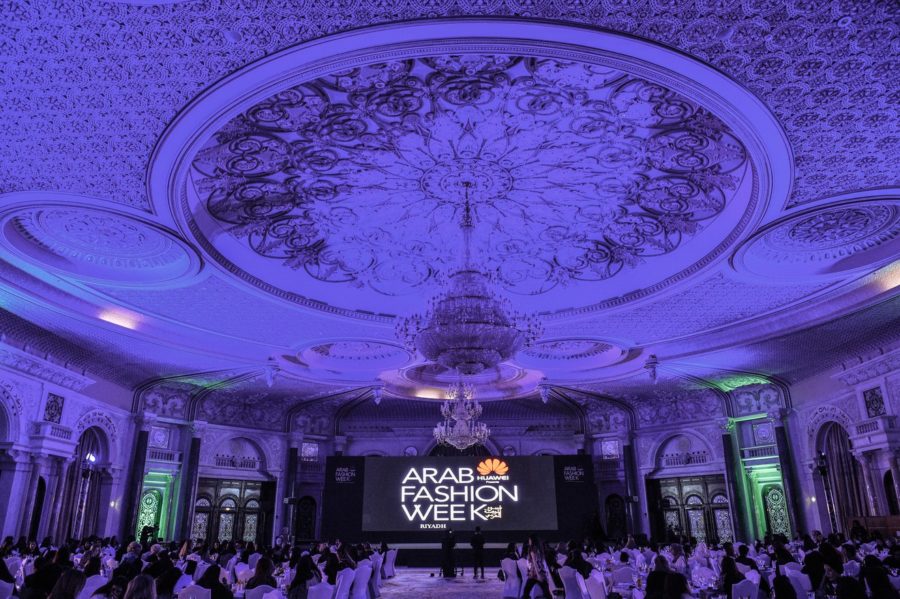Saudi Arabia’s First Fashion Week
April 20, 2018
When you picture a fashion week, immediately most people’s minds think of the faraway fashion capitals of the world such as Paris, Milan, New York City, or London. These cities around the world are known for their elaborate fashion weeks consisting of the world’s high fashion houses, unparalleled lines from designers, and celebrities galore. This April, a city wanted to join the list for hosting a sensational fashion week– and they did so by breaking their own country’s social barriers.

This motion to have a fashion week in Saudi Arabia was out of an effort to reform the country socially and economically by the crown Prince Mohammed bin Salman. The ruler took inspiration from neighboring cities like Dubai which have been successful in this area. They are trying to shift their main revenue from oil and gas to a more dynamic economy of business and hospitality. The ruler has begun reforming his country in other social aspects such as introducing public concerts, doing away with some of the religiously enforced police, and letting women drive. The Prince has even been on a tour of the United States and interviewed on “60 Minutes” saying that women should be treated with respect, and should be allowed to wear what they want (as long as it is respectful and decent). Even with all of these socioeconomic advances of this middle eastern country, women must abide by “guardianship laws” which means all women must obey their male relatives when they make decisions about their daily lives. All of this ties in with the creation of the Fashion Week to create diversity in Saudi Arabia and expand upon women’s lifestyles.
Saudi Arabia has historically not been keen on women’s fashion, considering they are a very conservative country in regards to women or women’s rights. In an effort to go against the tide, Riyadh, Saudi Arabia, proposed the motion to host this Arab Fashion Week. In comparison to the other fashion capitals of the world, their backdrop wasn’t all skyscrapers and wealthy tourists, but sandstorms and missile threats. Not your average start to a fashion week to say the least. With all of this occurring the night before the starting shows, a few minutes before the first model was supposed to hit the runway, hundreds of phones lit up with the notification that the shows were going to be delayed for 24 hours. The reasoning for this was that the main tent of the shows was unsafe for use because of the chaotic desert weather. The start of this event was already not going as planned and caused tension with the guests and designers who had flown into the country to present and observe the new clothing lines.

Once the show began after the complications of weather, visas, and brands, it was a display of beautiful art and culture within this Saudi city. Women flocked from around the world to show their support for these shows and the hard work by men and women to make this even possible. Historically, there have never been fashion shows in the country that were not behind closed doors with a little to no audience, so this was a big step in not only industry, but empowerment.
The shows showed their support from wearing the traditional black abaya to displaying newer takes on this style with more colors and patterns. Florals and embroidery were seen throughout the models, along with brands such as Gucci and Louboutin taking part in the shows for designing the accessories for the endless looks. On the runway, these fashion forward cloaks could be seen paired with the infamous Gucci sneakers, red bottom heels, or Chanel handbags that have been popularized throughout the less conservative fashion industry of the world. Streetwear pieces were paired with more Arab-like influences, such as Nike collaborating to show their first hijab ever on the runway.
After the shows of the week wrapped up, and the priceless wardrobe pieces were packed, the effort and resilience of the people involved had finally paid off. The women of Saudi Arabia were finally given an opportunity to express themselves in new ways. The all-female audiences were able to remove their abyas during the show and take in the moment in history that they were able to witness. This week would go down in history for taking steps in changing the world for the high fashion industry, for the country of Saudi Arabia, and all the women of conservative countries.



